Growing beets at home can seem intimidating, but trust me, it’s easier than you think! Have you ever dreamt of pulling vibrant, earthy beets straight from your own backyard? Imagine the satisfaction of serving a salad bursting with homegrown goodness, knowing you nurtured those ruby gems from seed to table. This isn’t just about food; it’s about connecting with nature and experiencing the simple joy of growing your own food.
Beets have a rich history, dating back to ancient times where their leafy greens were prized more than the root itself. Over centuries, beets have journeyed across continents, evolving into the sweet and nutritious root vegetable we adore today. From borscht in Eastern Europe to roasted beet salads in modern cuisine, beets have earned their place as a culinary staple.
But why bother growing beets at home when you can buy them at the store? Well, store-bought beets often lack the freshness and flavor of homegrown varieties. Plus, you have complete control over the growing process, ensuring your beets are free from harmful pesticides and chemicals. In this DIY guide, I’ll share my favorite tricks and hacks for successful beet cultivation, even if you have limited space or gardening experience. Get ready to unlock the secrets to a bountiful beet harvest!
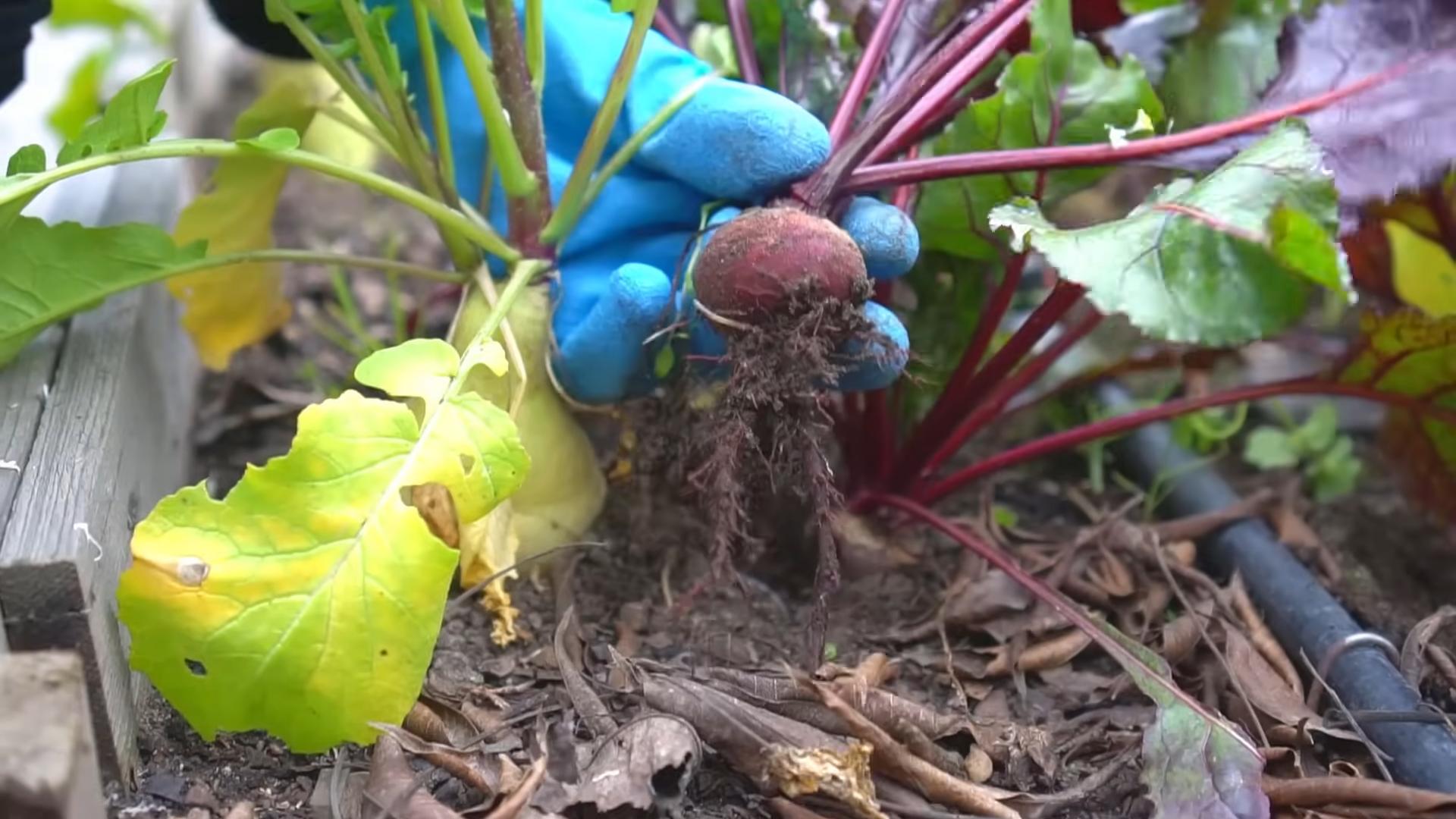
Growing Beets: A Beginner’s Guide to Sweet Success
Hey there, fellow garden enthusiasts! I’m so excited to share my experiences with growing beets. These vibrant root vegetables are not only delicious but also surprisingly easy to cultivate at home. Whether you have a sprawling garden or just a few containers on your balcony, you can enjoy the satisfaction of harvesting your own homegrown beets. Let’s dive in!
Choosing the Right Beet Variety
Before we get our hands dirty, let’s talk about beet varieties. There’s a whole world beyond the standard red beet!
* Detroit Dark Red: This is a classic, reliable choice. It produces round, deep red roots with a sweet, earthy flavor. It’s also known for its good storage capabilities.
* Chioggia: If you’re looking for something visually stunning, Chioggia is your beet. It has beautiful concentric rings of red and white inside. The flavor is mild and sweet.
* Golden Beet: For those who prefer a milder, less earthy taste, golden beets are a fantastic option. They’re also less likely to stain your hands and clothes.
* Cylindra: As the name suggests, this variety produces long, cylindrical roots. They’re great for slicing and canning.
I personally love growing a mix of Detroit Dark Red and Chioggia for their flavor and visual appeal. Experiment and see which varieties you enjoy the most!
Preparing Your Beet-Growing Space
Beets need a sunny spot and well-drained soil to thrive. Here’s how to get your garden ready:
* Sunlight: Beets need at least 6 hours of sunlight per day. Choose a location that gets plenty of sunshine.
* Soil: Beets prefer loose, well-drained soil. Heavy clay soil can lead to misshapen roots. Amend your soil with compost or other organic matter to improve drainage and fertility.
* pH: Beets grow best in soil with a pH between 6.0 and 7.0. You can test your soil pH with a home testing kit or send a sample to your local agricultural extension office.
* Fertilizer: Beets are heavy feeders, so it’s a good idea to incorporate some fertilizer into the soil before planting. A balanced fertilizer like 10-10-10 works well. Follow the instructions on the fertilizer package.
Planting Your Beet Seeds
Now for the fun part – planting!
1. Timing: Beets are a cool-season crop, so you can plant them in early spring or late summer. In the spring, plant them 2-3 weeks before the last expected frost. For a fall harvest, plant them 6-8 weeks before the first expected frost. I usually aim for mid-April for my spring planting.
2. Sowing: Beet seeds are actually clusters of seeds, so you’ll often get multiple seedlings from each seed. Sow the seeds about ½ inch deep and 1-2 inches apart in rows that are 12-18 inches apart.
3. Watering: Water the soil gently after planting to keep it moist.
4. Thinning: Once the seedlings emerge and have a few true leaves, you’ll need to thin them to about 3-4 inches apart. This will give the beets enough room to grow. Don’t throw away the thinnings! You can eat the beet greens in salads or sauté them.
Caring for Your Beet Plants
Beets are relatively low-maintenance, but here are a few things to keep in mind:
* Watering: Water regularly, especially during dry spells. Beets need consistent moisture to develop properly. Aim for about 1 inch of water per week.
* Weeding: Keep the area around your beets free of weeds. Weeds compete with beets for nutrients and water.
* Fertilizing: Side-dress your beets with a nitrogen-rich fertilizer a few weeks after they emerge. This will help them grow quickly.
* Pests and Diseases: Beets are generally pest-resistant, but they can be susceptible to leaf miners and flea beetles. Cover your plants with row covers to protect them from these pests. Fungal diseases can also be a problem in humid conditions. Make sure your plants have good air circulation and avoid overhead watering.
Harvesting Your Beets
The moment we’ve all been waiting for – harvest time!
1. Timing: Beets are typically ready to harvest 50-70 days after planting. You can harvest them when the roots are about 1-3 inches in diameter.
2. Harvesting: Gently loosen the soil around the beets with a garden fork. Then, grab the beet greens near the base and pull the beet out of the ground.
3. Cleaning: Brush off any excess soil from the beets.
4. Storing: Cut off the beet greens, leaving about 1-2 inches of stem attached. Store the beets in a cool, dark place, such as a refrigerator or root cellar. They should keep for several weeks.
Enjoying Your Homegrown Beets
Now that you’ve harvested your beets, it’s time to enjoy them! Here are a few of my favorite ways to eat beets:
* Roasted: Roasting beets brings out their natural sweetness. Simply toss them with olive oil, salt, and pepper, and roast them at 400°F (200°C) for 30-45 minutes, or until tender.
* Boiled: Boiling is another simple way to cook beets. Boil them until tender, then peel and slice them.
* Pickled: Pickled beets are a classic. They’re sweet, tangy, and delicious.
* Salads: Add sliced or diced beets to your favorite salads. They add color, flavor, and nutrients.
* Beet Greens: Don’t forget about the beet greens! They’re nutritious and delicious. Sauté them with garlic and olive oil, or add them to soups and stews.
Troubleshooting Common Beet Problems
Even with the best care, you might encounter some problems when growing beets. Here are a few common issues and how to address them:
* Poor Germination: If your beet seeds aren’t germinating, it could be due to several factors:
* Old Seeds: Beet seeds don’t last forever. Use fresh seeds for best results.
* Dry Soil: Keep the soil consistently moist until the seeds germinate.
* Cold Soil: Beets prefer warmer soil temperatures for germination. Wait until the soil has warmed up before planting.
* Misshapen Roots: Misshapen roots can be caused by:
* Heavy Soil: Amend your soil with compost or other organic matter to improve drainage.
* Rocks or Obstructions: Remove any rocks or other obstructions from the soil before planting.
* Crowding: Thin your seedlings to give them enough room to grow.
* Leaf Miners: Leaf miners are small insects that tunnel through beet leaves, leaving unsightly trails.
* Row Covers: Cover your plants with row covers to prevent leaf miners from laying their eggs.
* Insecticidal Soap: Spray your plants with insecticidal soap to kill leaf miners.
* Flea Beetles: Flea beetles are small, jumping insects that chew holes in beet leaves.
* Row Covers: Cover your plants with row covers to protect them from flea beetles.
* Diatomaceous Earth: Sprinkle diatomaceous earth around your plants to kill flea beetles.
Growing Beets in Containers
Don’t have a garden? No problem! You can easily grow beets in containers.
* Container Size: Choose a container that is at least 12 inches deep and 12 inches wide.
* Potting Mix: Use a high-quality potting mix that drains well.
* Planting: Plant the beet seeds about ½ inch deep and 1-2 inches apart.
* Watering: Water regularly, especially during hot weather.
* Fertilizing: Fertilize your beets every few weeks with a balanced fertilizer.
* Sunlight: Place the container in a location that gets at least 6 hours of sunlight per day.
I’ve successfully grown beets in containers on my balcony for years. It’s a great way to enjoy fresh, homegrown beets even if you don’t have a lot of space.
Saving Beet Seeds
If you want to save seeds from your beet plants, here’s what you need to do:
1. Choose Your Plants: Select healthy, vigorous plants that exhibit the traits you want to preserve.
2. Overwintering: Beets are biennials, meaning they take two years to complete their life cycle. To save seeds, you’ll need to overwinter the plants. In colder climates, you’ll need
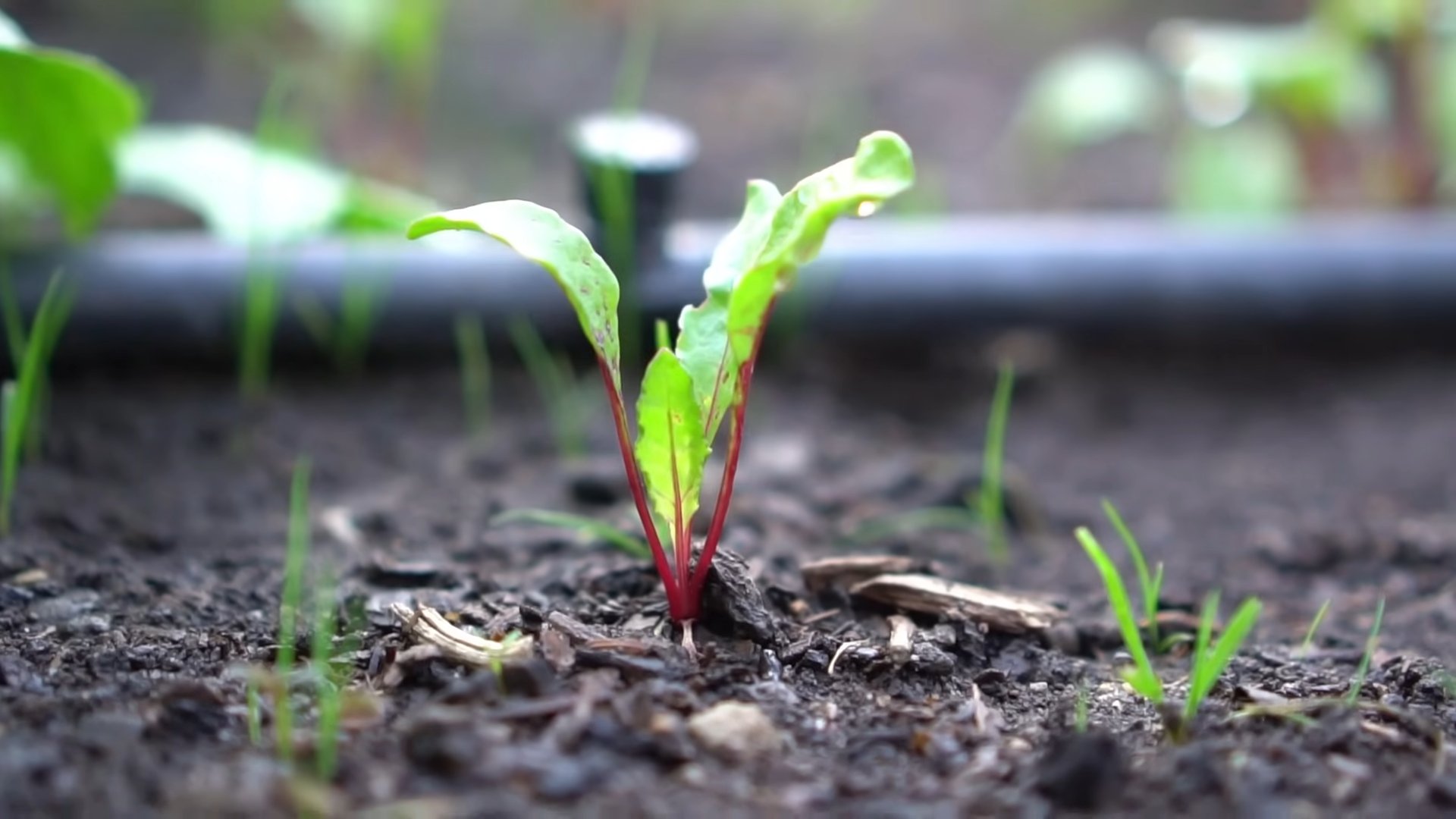
Conclusion
So, there you have it! Growing beets at home is not only achievable, but it’s also a deeply rewarding experience that connects you directly to the source of your food. Forget those bland, pre-packaged beets from the grocery store. Imagine the vibrant colors, the earthy aroma, and the unparalleled freshness of beets you’ve nurtured from seed to harvest. This DIY project is a must-try for anyone seeking to add a touch of homegrown goodness to their meals and a splash of color to their garden.
Beyond the superior taste and freshness, growing your own beets offers a level of control over the process that you simply can’t get with store-bought produce. You can choose organic methods, avoiding harmful pesticides and herbicides, ensuring that you’re feeding yourself and your family the healthiest possible food. Plus, the satisfaction of harvesting your own vegetables is truly unmatched.
But the benefits don’t stop there! Beet greens are incredibly nutritious and delicious, often overlooked but packed with vitamins and minerals. Don’t toss them! Sauté them with garlic and olive oil, add them to salads, or even blend them into smoothies for a nutritional boost. Think of it as getting two crops for the price of one!
Ready to experiment? Consider these variations to elevate your beet-growing game:
* Succession Planting: Plant a new batch of seeds every few weeks to ensure a continuous harvest throughout the growing season.
* Companion Planting: Plant beets alongside other vegetables like onions, garlic, lettuce, or cabbage to deter pests and improve growth.
* Different Varieties: Explore the world of beet varieties! From the classic Detroit Dark Red to the golden Yellow Beet and the candy-striped Chioggia, there’s a beet for every palate and preference.
* Container Gardening: If you’re short on space, don’t despair! Beets thrive in containers, making them perfect for balconies, patios, or small gardens. Just ensure the container is deep enough to accommodate the root growth.
We wholeheartedly encourage you to embark on this beet-growing adventure. It’s a simple, satisfying, and delicious way to connect with nature and enhance your culinary creations. Don’t be afraid to get your hands dirty and experiment!
And most importantly, we want to hear about your experiences! Share your beet-growing triumphs and tribulations in the comments below. What varieties did you try? What challenges did you face? What delicious dishes did you create with your homegrown beets? Your insights will help other aspiring gardeners and inspire us all to cultivate a greener, healthier lifestyle. So, grab your seeds, prepare your soil, and get ready to enjoy the incredible rewards of growing beets at home! Let’s get growing!
Frequently Asked Questions (FAQ)
What is the best time of year to plant beets?
The best time to plant beets depends on your climate. Beets are a cool-season crop, meaning they thrive in temperatures between 60°F and 70°F (15°C and 21°C). In most regions, you can plant beets in early spring, about 2-4 weeks before the last expected frost. You can also plant a second crop in late summer for a fall harvest. In warmer climates, you can grow beets throughout the winter. Check your local frost dates to determine the optimal planting time for your area.
How much sunlight do beets need?
Beets need at least 6 hours of direct sunlight per day to thrive. While they can tolerate partial shade, they will produce smaller roots and less vibrant greens if they don’t receive enough sunlight. Choose a sunny location in your garden or on your patio for your beet plants.
What type of soil is best for growing beets?
Beets prefer well-drained, loose soil that is rich in organic matter. The ideal soil pH is between 6.0 and 7.0. Before planting, amend your soil with compost or well-rotted manure to improve drainage and fertility. Avoid heavy clay soils, as they can restrict root growth and lead to misshapen beets. If you have clay soil, consider growing beets in raised beds or containers.
How often should I water my beet plants?
Beets need consistent moisture to grow properly. Water your beet plants deeply whenever the top inch of soil feels dry to the touch. Avoid overwatering, as this can lead to root rot. During hot, dry weather, you may need to water your beets more frequently. Mulching around your plants can help to retain moisture in the soil.
How long does it take for beets to mature?
Beets typically take 50-70 days to mature, depending on the variety. You can harvest the greens at any time, but the roots are usually ready to harvest when they are 1-3 inches in diameter. Check the seed packet for specific maturity times for the variety you are growing.
How do I know when my beets are ready to harvest?
You can tell that your beets are ready to harvest when the roots are 1-3 inches in diameter and the tops of the roots are visible above the soil line. Gently loosen the soil around the beets and pull them up by the greens. If the soil is dry, water the beets a few hours before harvesting to make them easier to pull.
Can I eat the beet greens?
Yes! Beet greens are incredibly nutritious and delicious. You can harvest them at any time during the growing season. Simply cut off the outer leaves, leaving the inner leaves to continue growing. Beet greens can be eaten raw in salads or cooked like spinach.
What are some common pests and diseases that affect beets?
Some common pests that affect beets include aphids, flea beetles, and leaf miners. Diseases that can affect beets include leaf spot, damping-off, and root rot. To prevent pests and diseases, practice good garden hygiene, such as removing weeds and debris, and avoid overwatering. You can also use organic pest control methods, such as insecticidal soap or neem oil.
How do I store harvested beets?
To store harvested beets, cut off the greens, leaving about an inch of stem attached. Gently brush off any excess soil, but do not wash the beets. Store the beets in a cool, dark, and humid place, such as a refrigerator or root cellar. Beets can be stored for several months under the right conditions.
Can I grow beets in containers?
Yes, beets can be grown successfully in containers. Choose a container that is at least 12 inches deep and wide to accommodate the root growth. Use a well-draining potting mix and provide your beet plants with plenty of sunlight and water. Container-grown beets may need to be fertilized more frequently than beets grown in the ground.

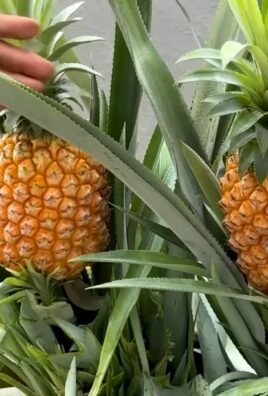
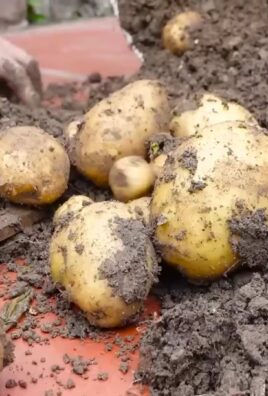
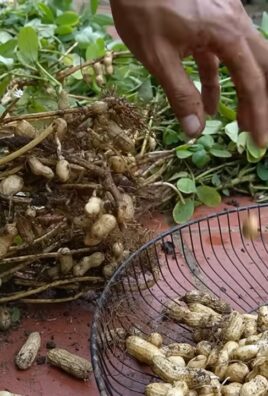
Leave a Comment